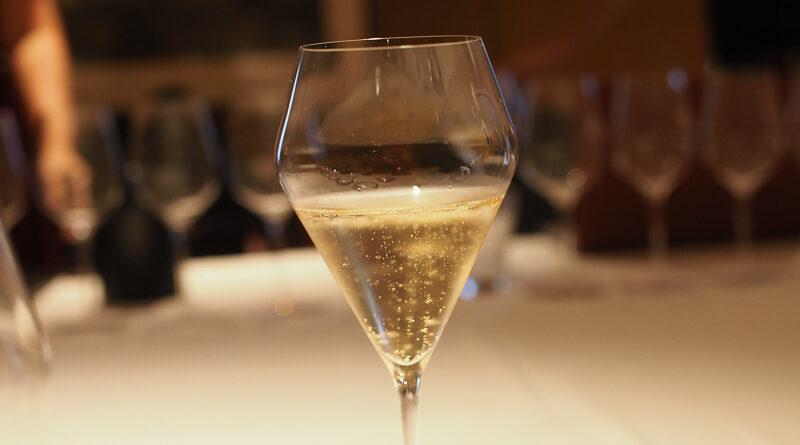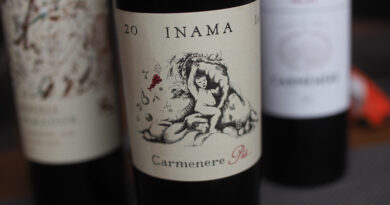Champagne ‘X’ and the complexity of pricing Champagne
So here’s a story about a famous Champagne house and the pricing of their NV blend. I’m not naming them because I think it’s unfair to single them out when this is a common story in the current Champagne landscape. But it does speak to the way that Champagne is now being priced, and how recent rises have led to what look like artificially inflated list prices.
A while back I was in my local convenience store, and noticed they had a row of Champagnes on the top shelf. This looked unusually good value at £34.99 so I bought a couple of bottles. A month later I bought another, and drank it. [I checked yesterday, and they have it again.]
I was confused. How come it was so cheap? Everywhere else seemed to be selling it at £58. Absolutely everywhere it was stocked it was the same price. Except for when it was on price promotion: and when this happened, absolutely everywhere sold it for £44. Interesting. Even the Wine Society, who are normally lower margins and sell cheaper than supermarkets and multiples, were toeing the line on pricing.
Independent wine merchants told me I was getting Champagne X for less than they were paying for it.
So I wondered: are the bottles I purchased genuine. The wine was very fruity. It was OK, but not as good as I’d have expected from this house. I examined the packaging carefully. Looked good, but the QR code didn’t work. So I checked out the wine at Waitrose and the QR code didn’t work either. So I ran the serial number past the UK importer, and after a chase, they told me it was legitimate. This was UK stock, not grey market import.
So I was left with the following impressions.
First, the fact that every retailer, including The Wine Society who usually operate on lower margins, charges exactly the same price for Champagne X suggests that retailers believe that if they don’t toe the line on pricing they will lose their allocation. Obviously, it’s illegal for a supplier to stipulate a selling price to a retailer. The penalty of 10% of turnover is a severe one (see https://competitionandmarkets.blog.gov.uk/2022/07/01/everyone-loses-out-with-resale-price-maintenance/).
Second, £58 is too much for this wine. You’d be bonkers to pay this. It’s OK value at £34.99. It’s a bit punchy at the offer price of £44. £58 is daft.
So what do you do if you are the agent and you have a target in terms of unit sales to hit, and the wine isn’t shifting at its hefty list price?
It’s tempting to move stock through two hidden channels. The first is through convenience stores and the second is through small (often ethnic) restaurants – both of whom usually buy from cash and carries. Then you hope that your regular customers don’t notice, or at least aren’t reminded too often about what’s going on here.
Of course, this is just speculation on my part. No one is going to go on record about their commercial strategies. But if I was a major retailer I wouldn’t care for these price games. And if I was an independent wine merchant I’d go and get my stock from a cash and carry and undercut all the supermarkets.




